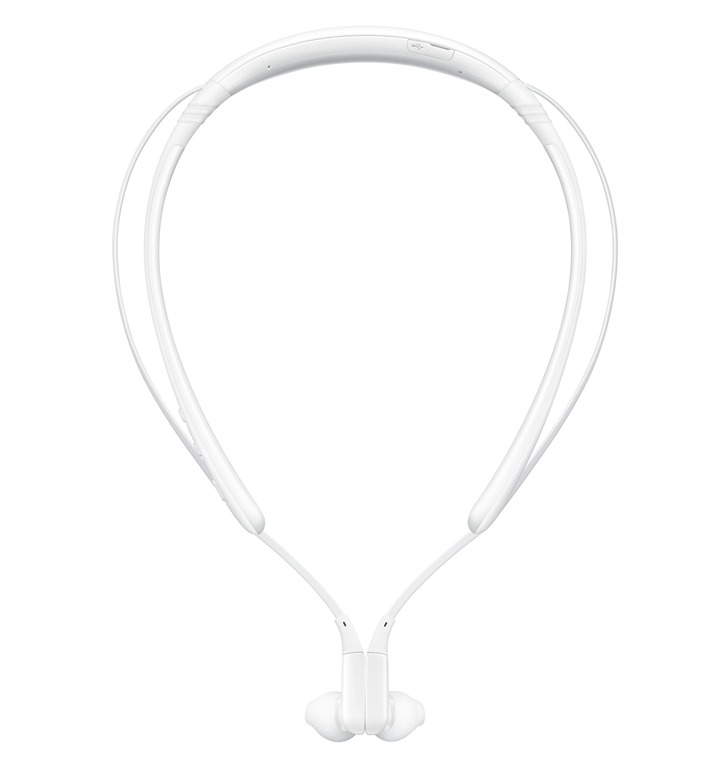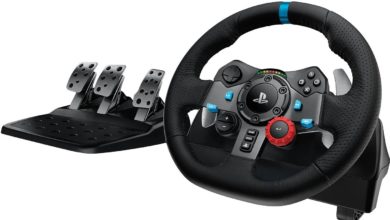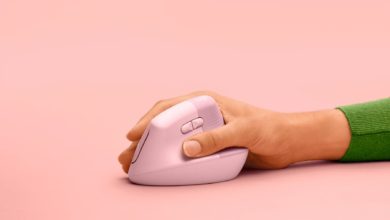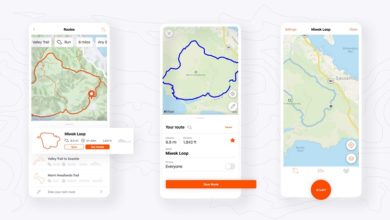Samsung Announces New Samsung LEVEL U Wireless Bluetooth Headset
Samsung today announced the new LEVEL U as the newest member of its LEVEL headset lineup. Incorporating the latest in Samsung technology, this new Bluetooth headset pairs a stylish design and a comfortable fit with crystal-clear call quality and a premium sound experience.

With a flexible neck band and soft ear grips, Samsung’s LEVEL U offers exceptional wearing comfort and a simplified experience. Samsung’s latest LEVEL headset is equipped with built-in controls that allow wearers to conveniently adjust volume, pause, play or skip a track without having to reach for their paired device. In addition, the LEVEL U provides up to 10 hours of usage time, so users can get the most out of their listening for much longer.
The Samsung LEVEL U comes in Black Sapphire and White and will be available in the U.S. starting July 1, 2015 for $69.99.



